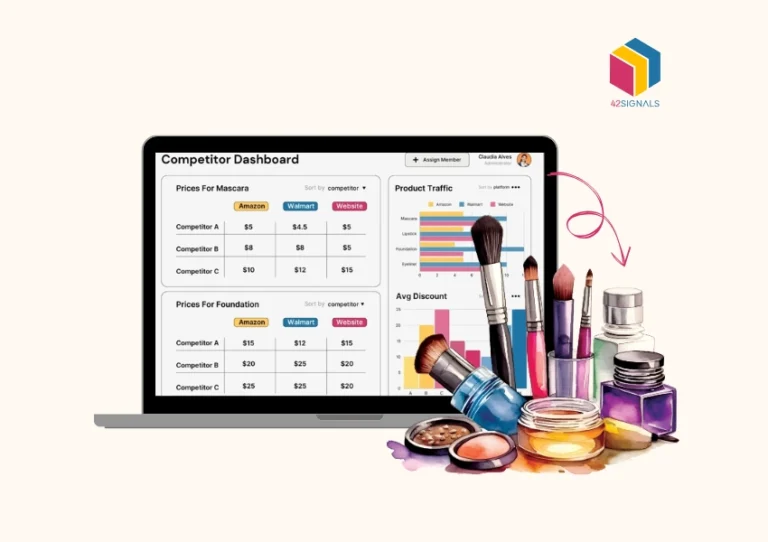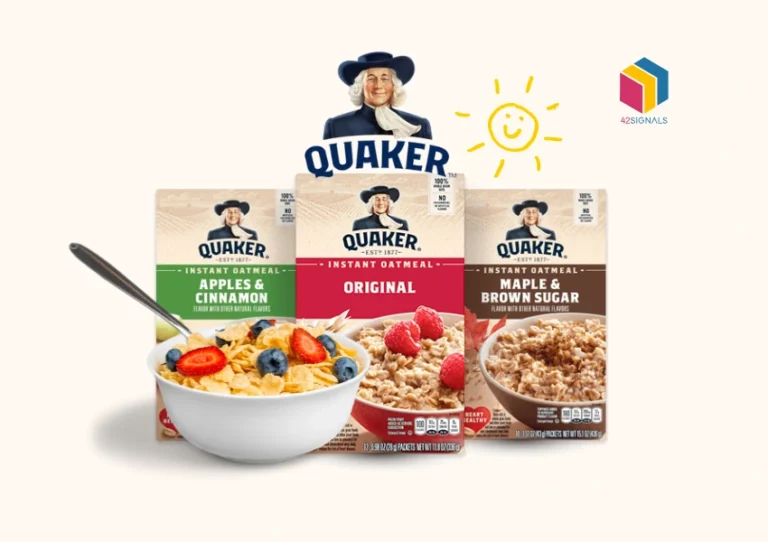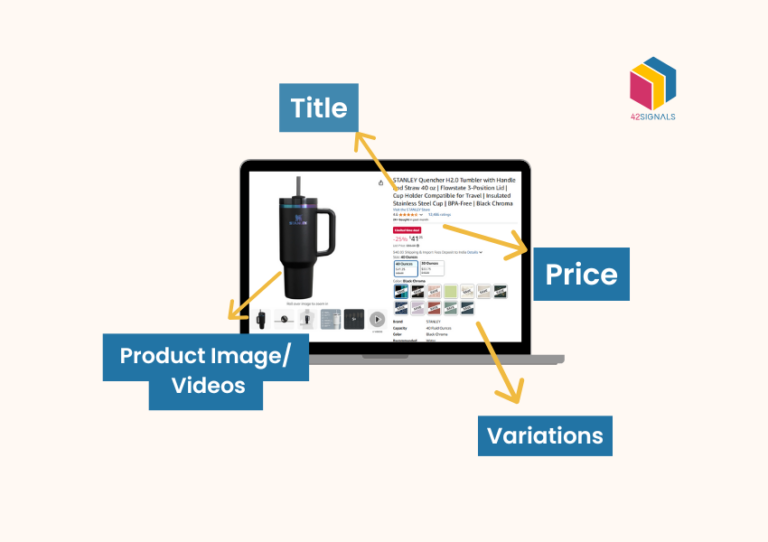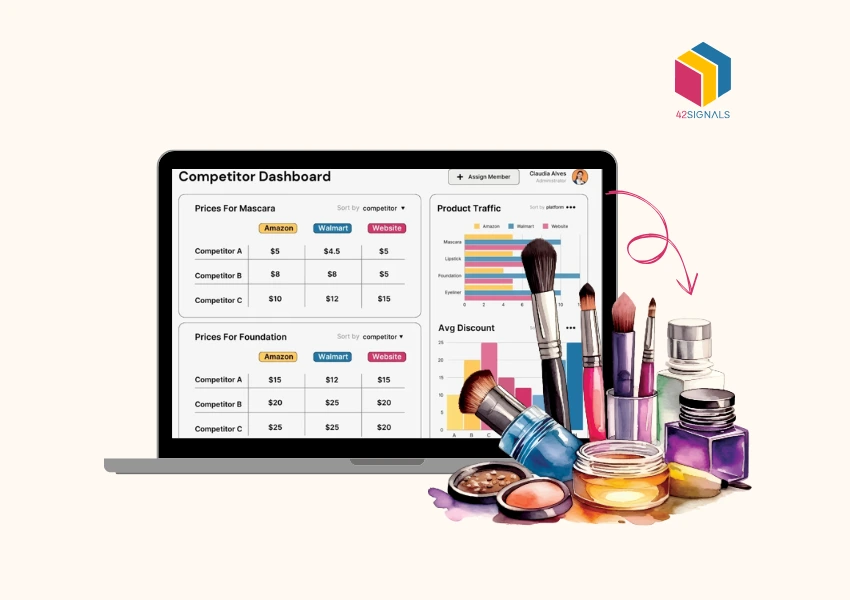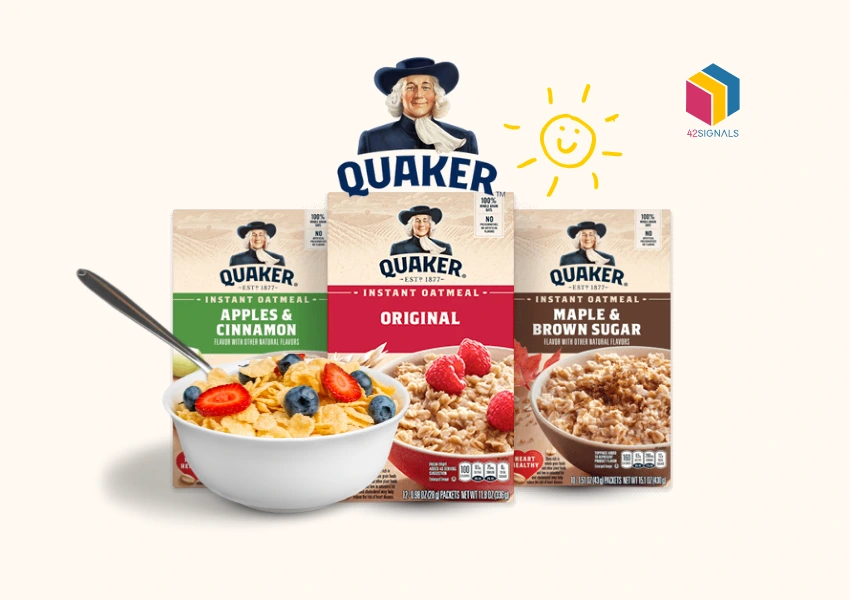From trendy athleisure to timeless classics, apparel brands leverage Amazon’s vast reach to drive sales and connect with millions of potential customers. But simply listing products is no longer enough. The secret to success lies in Amazon product analytics—a powerful tool that provides actionable insights to optimize product performance, enhance customer satisfaction, and stay ahead of the competition.
In this article, we’ll delve into how global apparel brands are utilizing Amazon product analytics to thrive. From decoding consumer behaviors to streamlining pricing strategies, Amazon insights have revolutionized how brands approach the digital shelf.
Why Amazon Product Analytics Matter for Apparel Brands?
The apparel industry is notoriously fast-paced. Trends shift rapidly, customer preferences evolve, and competition intensifies daily. For Amazon sellers, this means staying agile and data-driven is the only way to win.

Amazon product analytics empowers apparel brands to:
1. Understand Product Performance
- Analyze sales velocity, inventory turnover, and conversion rates.
- Determine which styles resonate most with customers and which require rethinking.
2. Optimize Pricing and Promotions
- Adjust pricing based on competitor data, market demand, and sales trends.
- Plan promotional campaigns that align with customer purchasing behaviors.
3. Enhance Customer Feedback Analysis
- Extract actionable insights from reviews and ratings.
- Resolve common pain points to improve product quality and customer satisfaction.
4. Track Competitor Movements
- Monitor competitor listings, pricing strategies, and ad placements.
- Identify gaps in the market and capitalize on opportunities.
How Does Amazon Insights Drive Success for Apparel Brands?
1. Optimizing Product Listings for the Digital Shelf
The digital shelf is where your products compete for visibility and conversions. Through digital shelf analytics, apparel brands can evaluate their product listings’ performance and fine-tune them for maximum impact.
Example:
A leading activewear brand analyzed click-through rates (CTR) and discovered that products with lifestyle images performed 25% better than those with plain white-background photos. By updating their product images, they saw a significant boost in conversions.
2. Leveraging Customer Feedback Analysis
Customer reviews and ratings are a goldmine of insights for apparel brands. By employing voice of customer analytics, brands can identify patterns in customer sentiment.
Key Benefits:
- Detecting quality issues (e.g., sizing inaccuracies or material flaws).
- Identifying product features that customers love (e.g., durability, comfort).
- Building trust through prompt responses to customer feedback.
Case in Point:
A denim brand noticed recurring complaints about zipper malfunctions in its reviews. Acting on this feedback, the brand improved its manufacturing process, leading to a 40% drop in negative reviews and a corresponding increase in repeat purchases.
3. Pricing Strategies for Sales Optimization
Pricing in the apparel industry is a delicate balance. Too high, and customers abandon their carts; too low, and profit margins shrink. Amazon product analytics provides real-time data on competitor pricing, historical sales trends, and customer demand, enabling dynamic pricing strategies.

Example:
A luxury fashion brand used Amazon insights to test bundle pricing. By offering a discounted price for purchasing three items together, the brand saw a 15% increase in average order value (AOV) while maintaining profitability.
4. Maximizing Ad Performance
Advertising on Amazon is a vital component of any apparel brand’s strategy. Through Amazon product analytics, brands can measure the effectiveness of their ad campaigns and adjust accordingly.
Key Metrics to Track:
- Advertising Cost of Sales (ACoS)
- Click-Through Rate (CTR)
- Conversion Rate
Real-World Impact:
A casual wear brand identified that their ACoS was disproportionately high for broad-match keywords. By refining their keyword strategy to focus on exact matches, they reduced ACoS by 20% and achieved a higher return on ad spend (ROAS).
5. Staying Ahead with Competitor Insights
The apparel market on Amazon is saturated, making competitor monitoring essential. Brands leverage product performance data and competitor analytics to maintain their competitive edge.
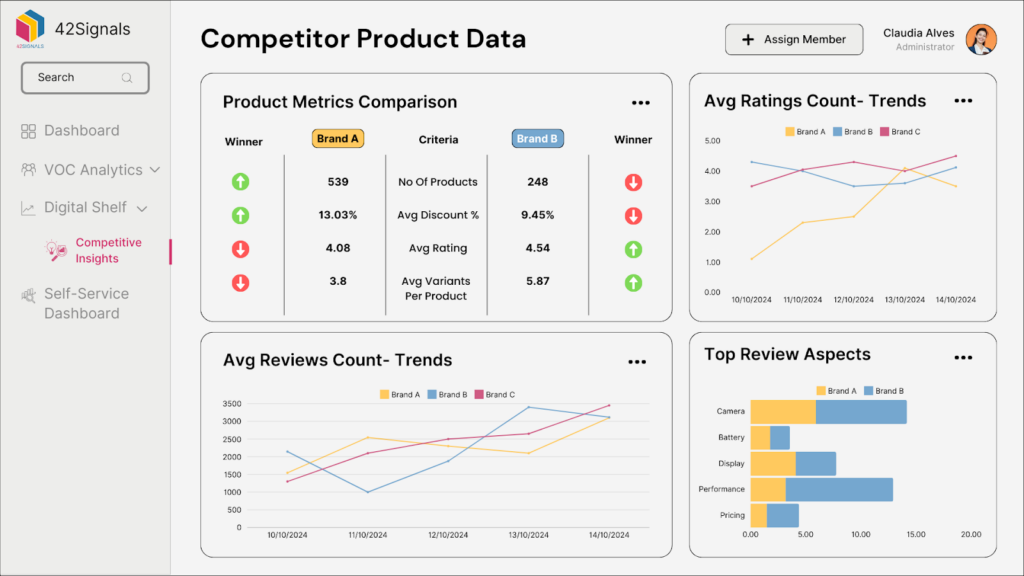
How It Helps:
- Identify trends driving competitor sales.
- Spot pricing discrepancies to adjust their own strategies.
- Analyze competitor advertising efforts to uncover missed opportunities.
Example:
An outdoor clothing brand tracked a competitor’s sudden surge in sales and identified a promotional campaign targeting hikers. Inspired, they launched a similar campaign with a unique value proposition, resulting in a 10% market share increase in the niche.
How does Apparel Brands Excel Use Amazon Product Analytics?
Global apparel giants and emerging players alike are harnessing the power of data-driven decision-making. Here are two examples:
1. Nike
Nike has seamlessly integrated Amazon product analytics into its e-commerce strategy. By leveraging customer feedback and digital shelf analytics, the brand ensures that its products rank high in search results while consistently delivering quality.
2. Levi’s
Levi’s monitors competitor pricing and reviews to refine its offerings. Their dynamic pricing strategy, combined with insights into customer sentiment, has helped them maintain a strong foothold in the denim market on Amazon.
Best Practices for Apparel Brands Using Amazon Product Analytics
- Prioritize Product Listings: Optimized listings are essential for visibility. Use data to refine titles, descriptions, and images.
- Leverage Voice of Customer Analytics: Continuously monitor reviews to identify improvement areas and capitalize on positive feedback.
- Invest in Strategic Advertising: Track ad performance and allocate budgets to campaigns that generate the highest ROI.
- Monitor the Digital Shelf: Ensure your products rank high for relevant keywords by analyzing search trends and competitors’ tactics.
- Experiment with Pricing: Conduct pricing experiments to find the sweet spot between affordability and profitability.
How 42Signals Powers Apparel Brands with Amazon Analytics?
42Signals offers a comprehensive suite of analytics tools tailored for apparel brands selling on Amazon. By focusing on data-driven insights, we empower brands to:
- Optimize digital shelf performance.
- Decode the voice of the customer for actionable feedback.
- Implement dynamic pricing strategies with precision.
- Track and outperform competitors.
Our AI-powered platform simplifies the complexities of Amazon product analytics, helping apparel brands stay ahead in an ever-evolving market.
The Future of Amazon Product Analytics in Apparel
As e-commerce continues to grow, the role of Amazon product analytics will become even more integral to success. Innovations like machine learning and predictive analytics are set to offer deeper insights, enabling brands to anticipate trends before they emerge.
Apparel brands that invest in robust analytics today are positioning themselves for sustained growth and market leadership. Whether it’s optimizing ad spend, refining pricing, or enhancing customer experiences, the possibilities are endless with the right tools.
Conclusion
Whether you’re a new seller or an established brand, embracing Amazon insights is no longer optional—it’s a necessity for success in the e-commerce era. By leveraging insights into product performance, pricing, customer feedback, and competitor movements, brands can make informed decisions that drive tangible results.
With 42Signals, apparel brands can harness the full potential of Amazon analytics, transforming raw data into actionable strategies that boost sales and enhance customer satisfaction. Ready to take your Amazon game to the next level? Schedule a demo today!

